115 in 1 Multipurpose Screwdriver Set True-Tech
115 in 1 Multipurpose Screwdriver Set
1x suction cup
6x opening picks
1xBit holder for powder screwdriver
Note:
For iphone4/4s/5/5s/6/6s/7:PH0000 SL2.0 P2
For iphone8/X:PH0000 SL2.0 P2 Y0.6 W2.5
For Android:PH0000 SL2.0 P2 Y0.6 T2 T5 T6
115-in-1 Tool Kit:
Holster Open Size: approx. 20 x 10.3cm /7.8 x 4.0 inch
Holster Color: Black
Tool Color: Silver
Material: Steel
Five-star screw driver: 0.8 1.2
Trox screw driver:T2 T3 T4 T5 T6 T7 T8 T9 T10 T15
Triangle driver:2.3
Y screw driver: 2.0
Cross screw driver:1.0 1.2 2.0 3.0
Flat screw driver: 1.0 1.5 2.0 3.0
Point screw driver:0.8


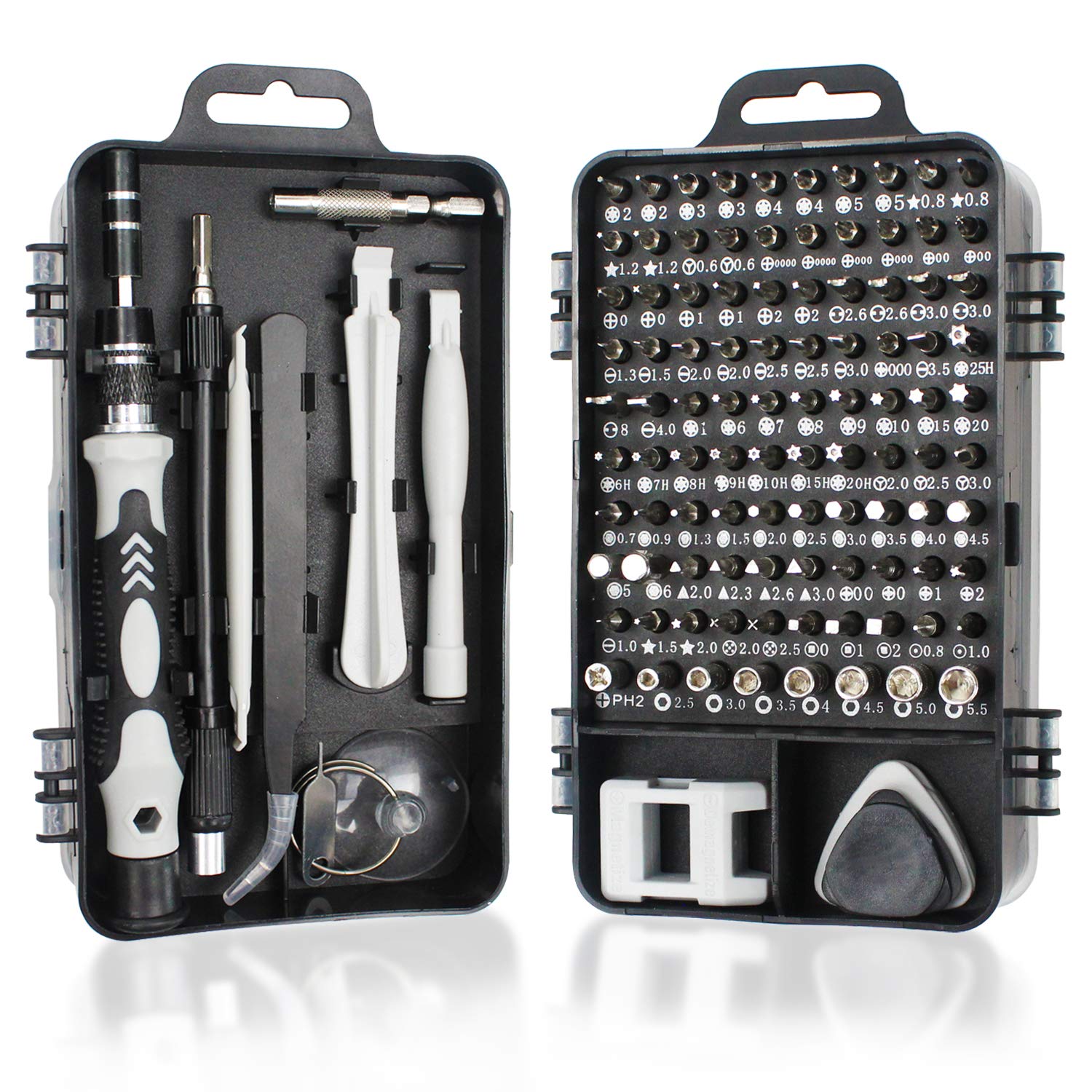



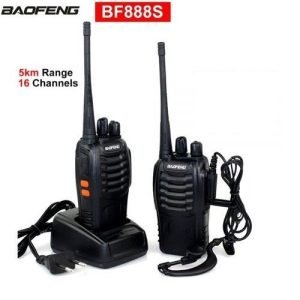
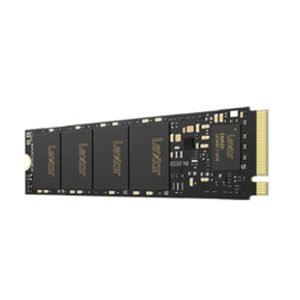

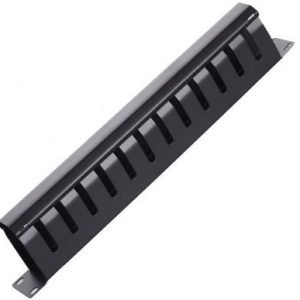

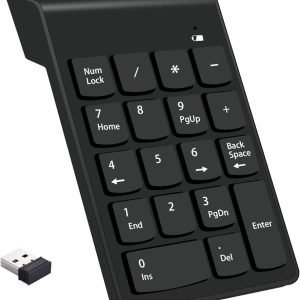
Reviews
There are no reviews yet.